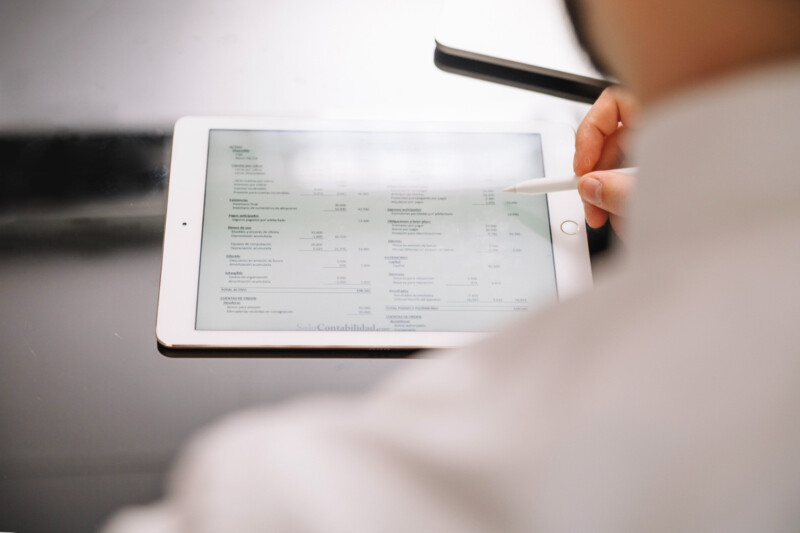Avec l'obligation imminente de la facturation électronique, prévue pour 2024, 2025 ou 2026 en fonction de la taille de votre entreprise, il est temps de commencer à envisager l'équipement informatique nécessaire pour faire face à ce changement et rester compétitif.
Pour les entreprises qui sont déjà en contrat avec des organismes du secteur public, il n'y a pas de problème, car elles envoient déjà leurs factures de manière dématérialisée et sont familiarisées avec cette pratique. Cependant, pour toutes les autres entreprises, la question se pose : comment se préparer pour la facturation électronique ?
Le besoin en équipement informatique
Les besoins en équipement dépendent de plusieurs critères tels que :
- l'activité de l'entreprise,
- sa clientèle,
- le nombre de transactions effectuées,
- le volume de factures émises quotidiennement.
En réalité, la majeure partie du travail ne revient pas aux entreprises elles-mêmes, mais plutôt aux éditeurs de logiciels. En effet, ces derniers doivent être en mesure de proposer des solutions de dématérialisation adaptées à tous les types d'entreprises.
Si vous utilisez déjà un logiciel de caisse ou un logiciel de facturation, c'est à l'éditeur de mettre en place une fonctionnalité permettant de transmettre facilement les données requises à l'administration fiscale.
En revanche, si votre entreprise n'utilise aucun logiciel, vous pourrez saisir vous-même les données directement sur le portail public Chorus Pro.
Si toutefois votre entreprise n'est pas encore informatisée, cette réforme de la facturation électronique peut être une excellente occasion de le faire. Cependant, faites attention aux démarchages de certains éditeurs qui proposent des outils qui ne sont pas forcément compatibles avec le dispositif. Il est important de savoir, par exemple, qu'actuellement, aucune plateforme de dématérialisation n'est encore enregistrée auprès de l'administration en tant que partenaire officiel. La liste des plateformes certifiées sera publiée en temps voulu sur le site impots.gouv.fr.
Quels outils utiliser ?
Dans votre projet de dématérialisation, votre entreprise pourra choisir parmi les plateformes privées agréées par l'État celle qui convient le mieux à ses besoins. Il est également possible d'opter pour la plateforme publique Chorus Pro, qui a l'avantage d'être gratuite.
Ces plateformes ont pour rôle de transmettre les factures du fournisseur au client de manière dématérialisée, dans différents formats lisibles et exploitables par tous les utilisateurs et les logiciels comptables. Elles extraient ensuite certaines données (identifications des parties, montant de la transaction, montant de la TVA...) et les transmettent aux services fiscaux.
Passer à la facturation électronique permet d'automatiser certaines tâches et donc de gagner du temps au quotidien. En quelques clics, la facture est prête à être envoyée, conforme aux normes requises. Toutes les informations concernant les transactions (liste des clients, des produits...) sont centralisées sur une seule interface connectée.
En plus de gagner du temps, la gestion des factures devient moins coûteuse. Un processus clair et rapide, avec la possibilité de paiement en ligne, améliore les délais de paiement. Fini le papier et les envois postaux, ainsi que l'encombrement lié à l'archivage.
Adopter un logiciel simple à utiliser pour gérer le traitement des factures par le biais de l'automatisation facilite grandement la vie et réduit les risques d'erreurs. Les éditeurs de logiciels proposent également souvent des outils complémentaires pour la gestion des fournisseurs, des stocks, des projets, des dépenses, des notes de frais, des campagnes marketing... Toute une gamme de fonctionnalités qui peuvent s'avérer extrêmement utiles.
